Conservation 101
-
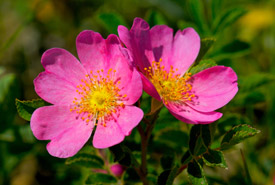
Native gardening 101
By introducing native plants and some strategic design features to your garden, you can provide patches of natural habitat for many species. A well-designed backyard can offer birds and pollinators like butterflies, more living space, feeding opportunities and the safety of cover from predators. Read more »
-
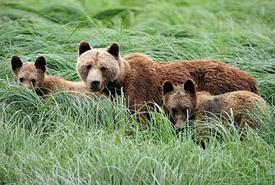
Natural corridors 101
Part of a species' ability to adapt to environmental change is the opportunity to move to places that are more suitable. That's where natural corridors come in. Read more »
-
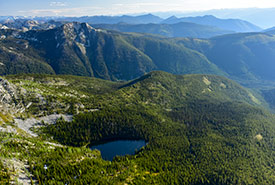
Nature-based Solutions 101
Nature-based solutions Read more »
-
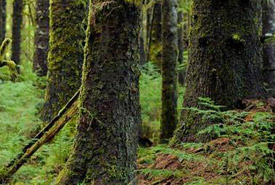
Old-growth forests 101
When thinking about healthy forests, it's not often we include dead, dying or diseased trees. But any forest manager will tell you that they're an essential part of a healthy forest ecosystem, and a key characteristic of old-growth. Read more »
-
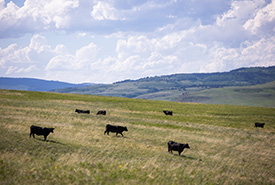
Other Effective Area-based Conservation Measures
Other effective area-based conservation measures (OECM) are areas that provide conservation benefits but are not managed primarily for the protection of nature. Read more »
-
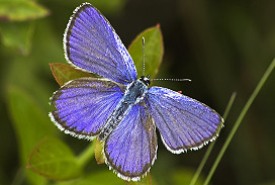
Species at Risk 101
Species at risk are plants and animals that are in danger of disappearing from the wild. Read more »
-
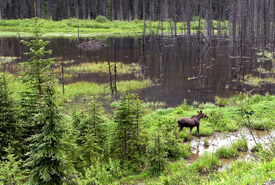
Wetlands 101
Wetlands are unique ecosystems where terrestrial and aquatic habitats meet. They are formed when water is trapped through poor drainage, occasional flooding or coastal barriers, such as sandbars. Read more »
-
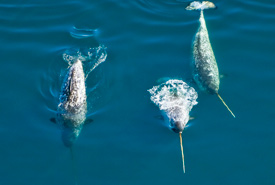
What is a polynya?
A polynya, pronounced “pol-en-ya,” is a large, naturally occurring area of open water surrounded on all sides by sea ice. In Canada’s Arctic, there are 23 locations where these areas of open water occur. Read more »




